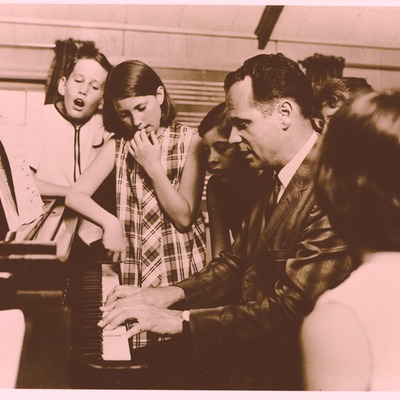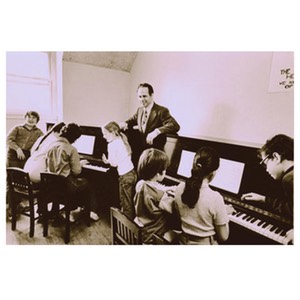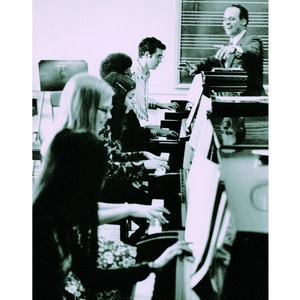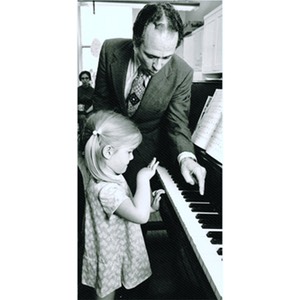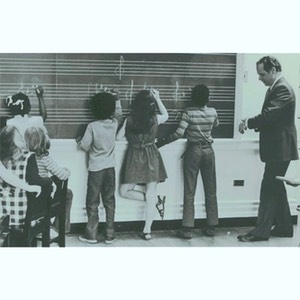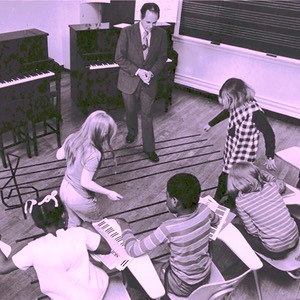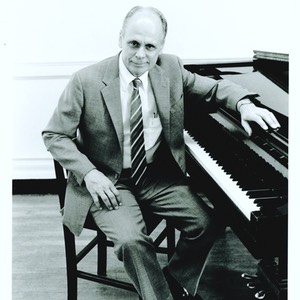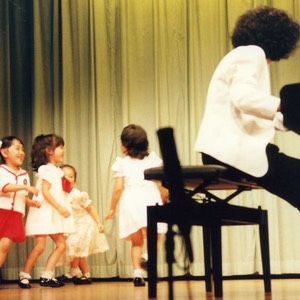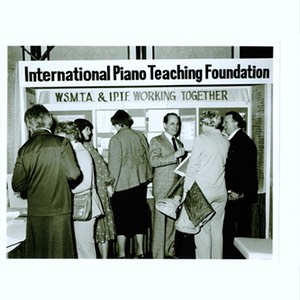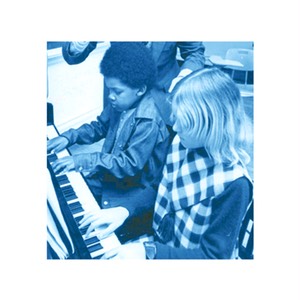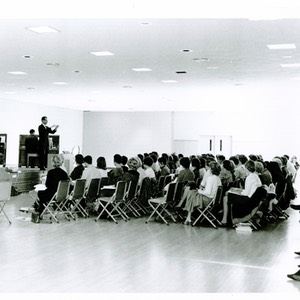It is helpful to remember in teaching the Robert Pace Series that this approach is designed for students to learn by experiencing and discovering music, rather than by lingering on theoretical explanation. As Dr. Pace says in his Teachers Guide when talking about teaching minor tonality: "Do not bog down on details—rather, present the idea of minor along with its sound, then give students time to grow with it. They will be getting many examples of minor in the next few weeks, so keep moving!”
Multi Key
Early in Robert Pace’s teaching career, as he taught Juilliard keyboard classes and wrote a doctoral dissertation, he noticed that students were often daunted by advanced repertoire, not because they lacked technique, but because they had difficulty sight reading in keys with more than a few flats or sharps. Pace attributed this to limitations in the intermediate literature that students had studied in their earlier training.
Typically, these publications restricted key signatures to a very few sharps or flats, leaving students unfamiliar with the tonal ranges that many advanced pieces used (Clavier Companion Magazine, Nov/Dec 2011, pg 15).
In response, Dr. Pace developed a series of intermediate pieces that included a broad span of tonalties, so as to more smoothly lead students into advanced music of many different styles. This began his multi key approach.
”We must not assume that creative behavior will emerge automatically—quite the contrary, we must constantly nurture creative responsiveness with an infinite variety of ongoing opportunities…" - Robert Pace -

